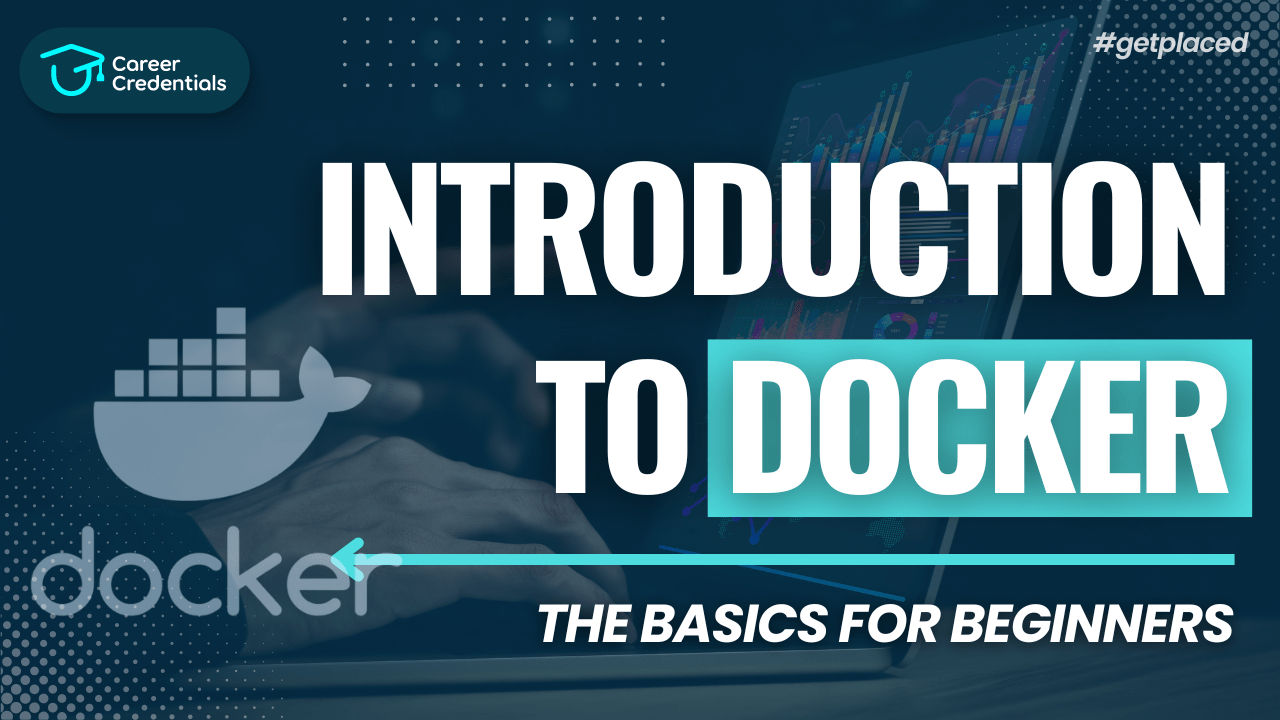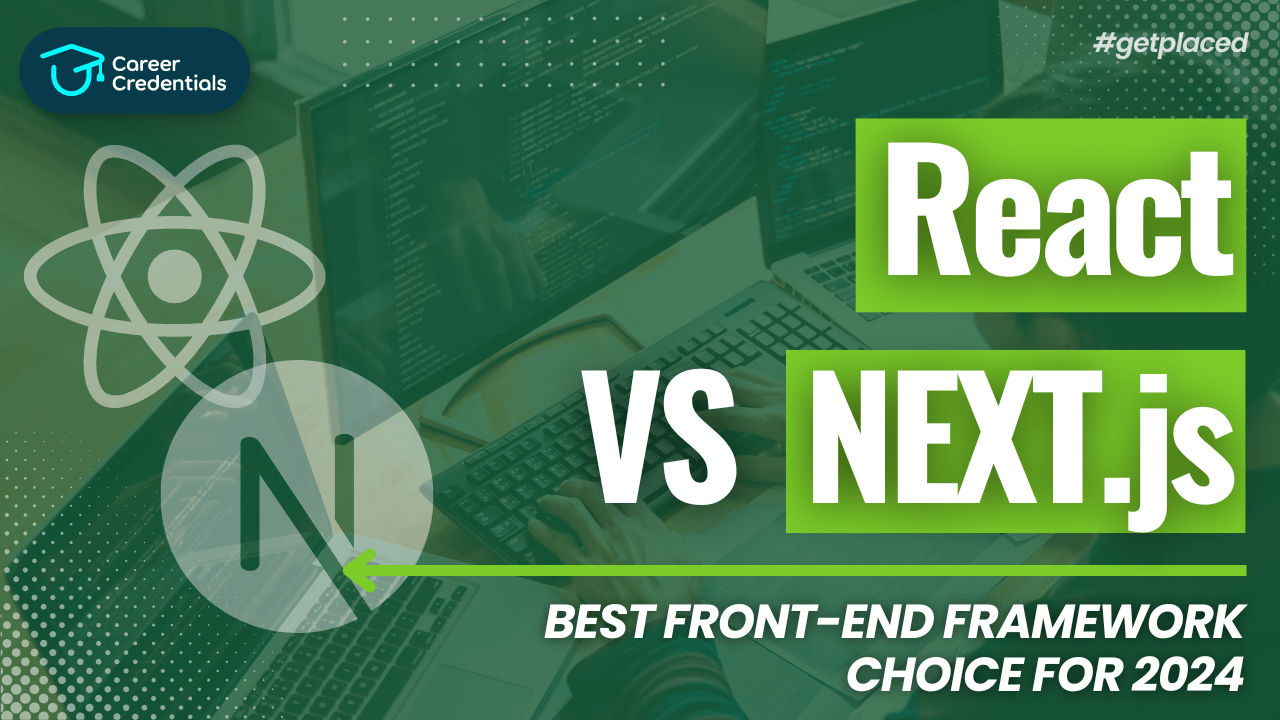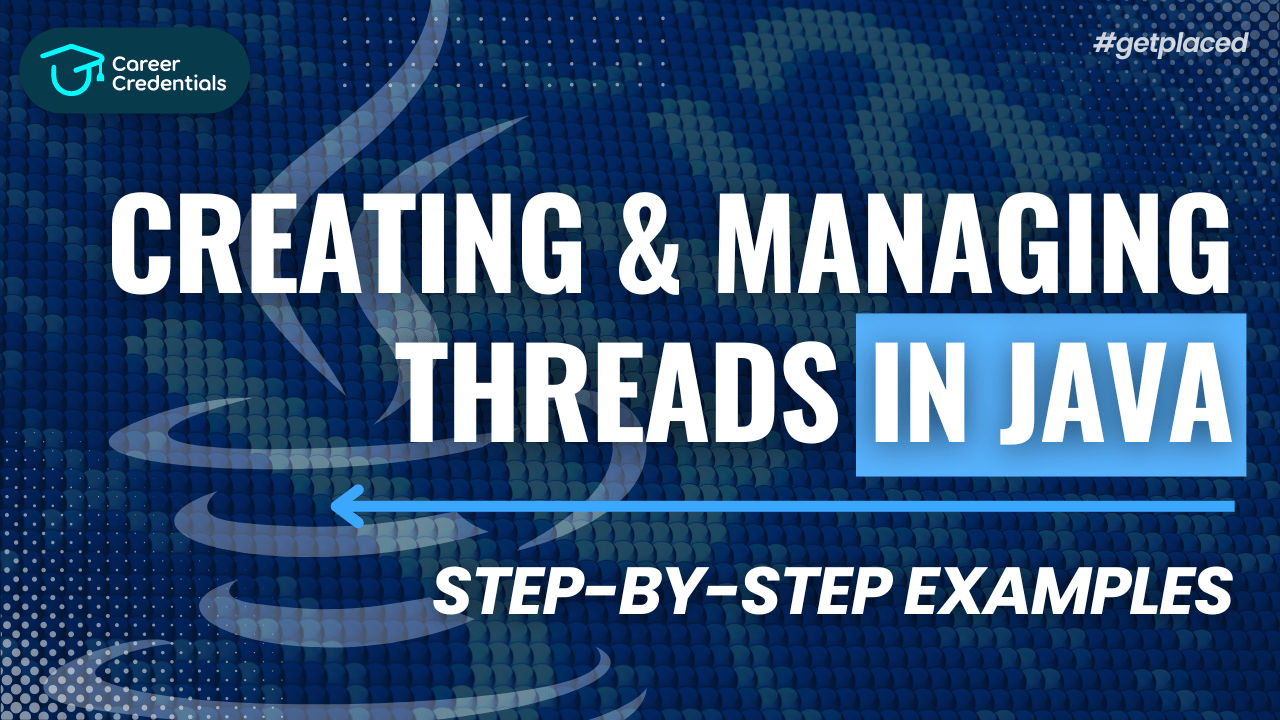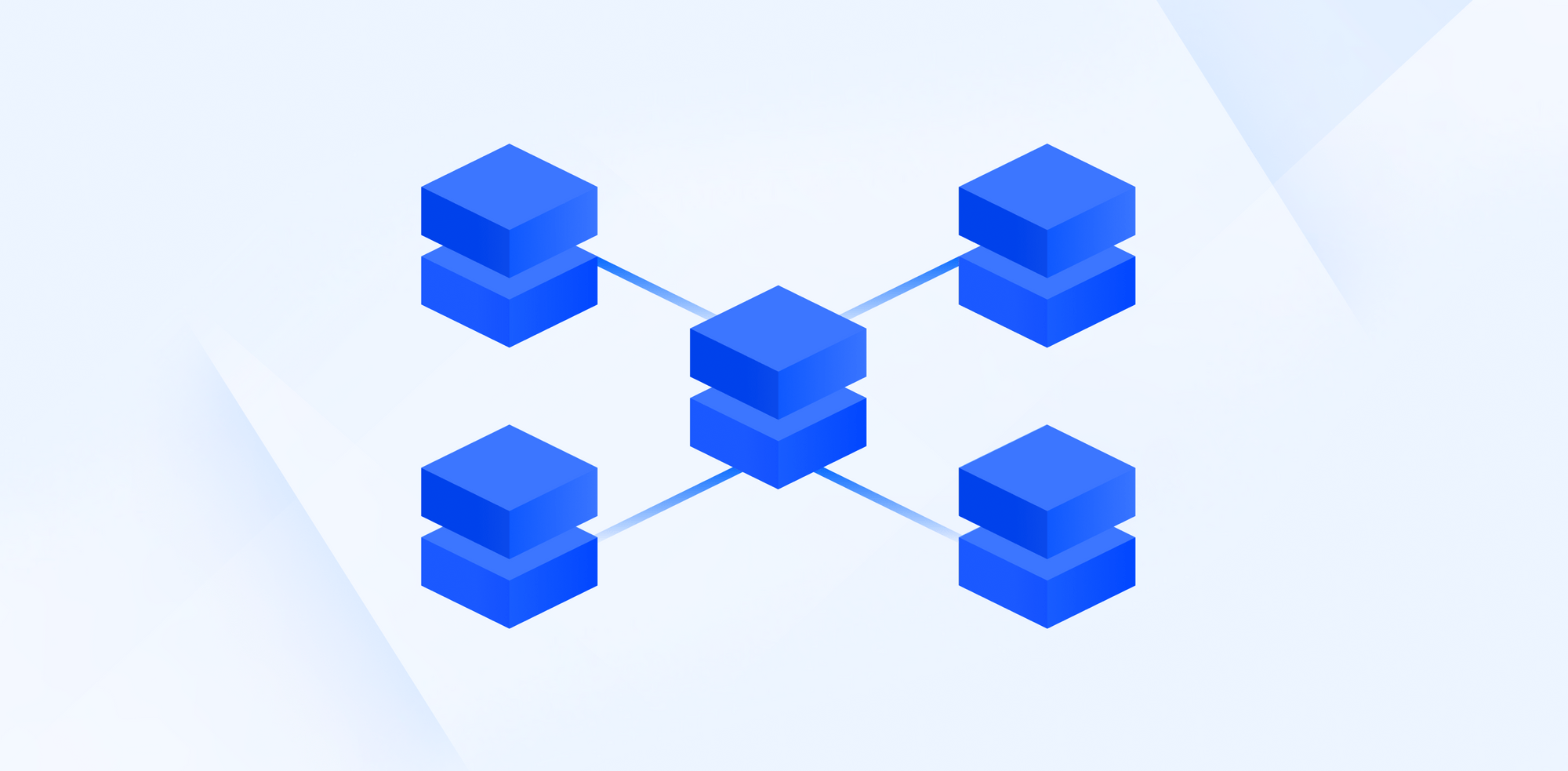Kubernetes Basics: What Developers Need to Know

Building containerized applications opens doors to efficiency and scalability, especially for developers looking to streamline their workflows. Kubernetes, a game-changer in container orchestration, makes it easier for developers to manage these applications. This article will delve into what Kubernetes is, why it matters, and how it simplifies container orchestration, paving the way for robust and flexible applications. Additionally, we'll address some frequently asked questions about the practical use of Kubernetes.
What is Kubernetes?
Kubernetes is an open-source platform designed to automate deploying, scaling, and operating application containers. It simplifies the developer’s task of managing containerized applications by addressing many challenges teams face during the management of these applications.
Check Out: Docker Roadmap By career credentials for FREE!!
Challenges of Containerized Applications
Managing containerized applications, whether using Docker containers or another container runtime, comes with its own set of challenges:
- Scalability: As the number of containers grows, scaling them effectively becomes challenging.
- Complexity: Managing numerous containers, each with its own role in a larger application, adds complexity.
- Management: Keeping track of and maintaining these containers, ensuring they are updated and running smoothly, requires significant effort.
Check Out: 1000+ Examples of Python Programming by Career Credentials for FREE!!
Kubernetes as a Solution
Kubernetes steps in as a powerful platform to manage these complexities. It is an open-source system designed for automating the deployment, scaling, and operation of application containers across clusters of hosts.
- Simplifies Container Management: It allows applications to run efficiently and consistently.
- Orchestrates Container Lifecycle: Kubernetes decides how and where the containers run and manages their lifecycle based on the organization’s policies.
Enroll Now: HTML & CSS Recap course by Career Credentials to boost your web development skills!
Benefits of Kubernetes
Some important benefits of Kubernetes include:
- Efficiency: Optimizes the use of hardware resources, saving costs.
- Reliability: Ensures application services are available to users without downtime.
- Flexibility and Portability: Supports diverse workloads, including stateless, stateful, and data-processing workloads. It can run on various platforms, from physical machines to cloud infrastructure.
- Security and Resource Management: Provides robust security features and efficient management of resources.
- Support for Docker and Other Container Technologies: Works well with Docker and other container technologies.
- Open Source Community: Benefits from a large community of developers and users who contribute to its continuous improvement.
Enroll Now: Javascript Crash Course by Career Credentials and master javascript!
Key Concepts
Understanding Kubernetes requires familiarity with its core components:
- Pods: The smallest deployable units created and managed by Kubernetes. A Pod represents a single instance of a running process in your cluster and can contain one or more containers.
- Nodes: Worker machines in Kubernetes, which can be either physical or virtual. Each node runs Pods and is managed by the master.
- Deployments: Describe the desired state of your application, including which images to use and the number of Pod replicas.
- Services: Abstract ways to expose an application running on a set of Pods as a network service.
- Ingress: Manages external access to services in a cluster, typically HTTP.
- Namespaces: Split a Kubernetes cluster into sub-clusters, dividing resources between different projects or teams.
- Labels and Selectors: Tools to organize and select subsets of objects, like Pods, based on key-value pairs for precise resource management.
Check Out: Frontend Roadmap by Career Credentials for FREE!!
How Kubernetes Achieves High Availability
Kubernetes ensures high availability through:
- Control Plane Components: Including the kube-apiserver, etcd, kube-scheduler, and kube-controller-manager, which manage the cluster’s state.
- Self-Healing Mechanisms: Constantly checks the health of nodes and containers, restarting those that fail, replacing them, and killing those that don’t respond to user-defined health checks.
Check Out: Microsoft Interview Preperation Questions by Career Credentials for FREE!!
Real-World Applications
Examples of how developers can use Kubernetes to scale and manage their applications:
- Cloud-Based Applications: Pods run the application’s containers, managed by Deployments to ensure efficient operation.
- Infrastructure and Services: Nodes provide the necessary infrastructure and services to ensure application accessibility.
- Traffic Management: Ingress controllers manage external traffic and direct it to the correct Services.
- Environment Management: Namespaces help manage environments like development, testing, and production within the same cluster.
Docker vs. Kubernetes
While Docker and Kubernetes are often mentioned together, they serve different purposes in containerized applications.
The Role of Docker in Containerization
- Containerization Platform: Simplifies the process of packaging an application and its environment into a single container.
- Consistency: Ensures the container can be easily transported and run across different environments.
Kubernetes: Mastering Container Orchestration
- Orchestration: Handles the orchestration of containers created by Docker, managing complexities of high availability and service discovery.
- Scalability: Designed to scale up or down as needed and roll out updates without downtime.
Complementary Technologies
- Synergy: Docker encapsulates the application’s environment, while Kubernetes manages the containers across multiple hosts.
- Versatility: Kubernetes can orchestrate not only Docker containers but also containers from other runtimes.
Also Read: Excelling at LeetCode: Tips and Techniques for Effective Practice by Career Credentials
Is Kubernetes a DevOps Tool?
Kubernetes is often mentioned in DevOps discussions but it is not strictly a DevOps tool. It is more specialized than the broad suite of tools typically associated with DevOps.
A Tool Built for Systems, Not for People
- Origins and Engineering Focus: Initially engineered for large-scale, containerized environments, excelling in container lifecycle management, scaling, and high availability.
Developers and Kubernetes: An Unavoidable Intersection
- Shift in Adoption: Kubernetes has become essential in modern container management.
- Mandatory Understanding: Cloud-centric software delivery makes Kubernetes knowledge crucial for developers.
Also Read: What Is DevOps and How Does It Work? by Career Credentials
Challenges for Developers in Adopting Kubernetes
Complex Concepts
- Unfamiliarity: Introduces concepts alien to typical developer workflows.
- Learning Curve: Mastering Kubernetes elements demands time and effort.
The "kubectl" Barrier
- Command-Line Complexity: Requires more than basic command-line skills, increasing cognitive load.
Deployment Orchestration
- Multi-Step Process: Involves CI/CD pipelines, containerization, manifest creation, and network configuration.
Also Read: How Artificial Intelligence is Used in Stock Trading by Career Credentials
Qovery: Simplifying Kubernetes for Developers
What is Qovery?
Qovery is a managed Kubernetes platform designed specifically for developers. It aims to simplify Kubernetes by handling the underlying container orchestration and cloud infrastructure complexities.
Simplification of Kubernetes with Qovery
- Automated Setup: Qovery automates setting up and managing Kubernetes, eliminating the steep learning curve.
- Abstracted Interface: Offers a straightforward interface that lets developers deploy and run applications without deep Kubernetes expertise.
- Managed Infrastructure: Qovery takes care of updates and patches, allowing developers to focus on core workloads.
Features That Empower Developers
- Integrating into the Developer Environment
- Seamless Integration: Works with GitHub, GitLab, BitBucket, and various CI/CD platforms.
- Automatic Deployment: Automatically deploys changes to the appropriate application when code is pushed to a branch.
- Efficient Workflow: Manages the deployment pipeline from building to deploying the application.
- Infrastructure Management
- Simplifying Kubernetes: Acts as an intermediary layer, abstracting Kubernetes complexities.
- Intuitive Web Interface: Translates developer actions into Kubernetes instructions.
- Educational Tools: Provides tooltips and explanations to aid understanding.
- Balancing Abstraction and Control
- Advanced Settings: Allows modification of parameters for underlying resources.
- Empowering Developers: Provides a deeper understanding and troubleshooting capabilities.
- Seamless Integration of Infrastructure and Engineering
- Unified Experience: Merges infrastructure management and engineering.
- Continuous Improvement and Adaptation
- Direct Engineering Support: Offers assistance and gathers user feedback.
- Public Roadmap: Aligns development with user needs.
- Regular Changelogs: Keeps users informed about improvements and features.
- Educational Content: Shares insights and best practices.
Frequently Asked Questions (FAQ)
A. Can Kubernetes run on any platform?
Kubernetes is versatile and can run on various platforms, including cloud, on-premises, and hybrid environments, supporting its widespread adoption.
B. Can I use Kubernetes without using Docker?
Yes, Kubernetes can manage various containers, providing the freedom to choose the container runtime that fits your needs.
C. Is Kubernetes only for large-scale applications?
Kubernetes manages applications of any size, scaling with your infrastructure, making it suitable for both small startups and large enterprises.
D. Is Kubernetes only for microservices-based applications?
While Kubernetes excels with microservices architectures, it is also effective for managing monolithic applications, batch jobs, and other types of workloads.
E. How does Kubernetes improve application security?
Kubernetes enhances security by automating updates and patches, managing secrets efficiently, and isolating different workloads within the cluster.
F. Can Kubernetes manage stateful applications?
Yes, Kubernetes can manage stateful applications using persistent storage options, StatefulSets, and robust data management capabilities.
G. Is Kubernetes considered complex?
Kubernetes has a steep learning curve due to its complexity in container orchestration, cluster management, and network configuration. However, platforms like Qovery simplify the Kubernetes experience, allowing developers to focus on deploying and managing applications without the underlying complexity.
Conclusion
Kubernetes unlocks the immense potential of containerized applications, conquering scalability challenges, boosting reliability, and offering unparalleled flexibility. Platforms like Qovery further simplify Kubernetes, empowering developers to build and deploy containerized applications without getting entangled in the complexities of Kubernetes infrastructure. Embrace Kubernetes and watch your containerized applications take flight by trying Qovery for free
Confused About Your Career?
Don't let another opportunity pass you by. Invest in yourself and your future today! Click the button below to schedule a consultation and take the first step towards achieving your career goals.
Our team is ready to guide you on the best credentialing options for your aspirations.
Let's build a brighter future together!
Empower Yourself. Elevate Your Career at Career Credentials Where Education meets Ambition.










